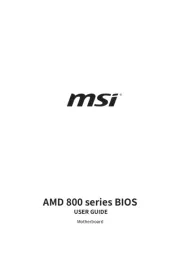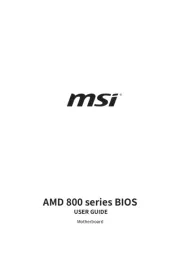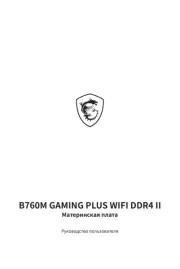Asus Z97I-PLUS Manual
Læs gratis den danske manual til Asus Z97I-PLUS (146 sider) i kategorien Bundkort. Denne vejledning er vurderet som hjælpsom af 24 personer og har en gennemsnitlig bedømmelse på 4.8 stjerner ud af 12.5 anmeldelser.
Har du et spørgsmål om Asus Z97I-PLUS, eller vil du spørge andre brugere om produktet?

Produkt Specifikationer
| Mærke: | Asus |
| Kategori: | Bundkort |
| Model: | Z97I-PLUS |
| Bredde: | 170 mm |
| Dybde: | 170 mm |
| Wi-Fi: | Ja |
| Bluetooth: | Ja |
| Antal HDMI-porte: | 1 |
| Ethernet LAN-porte (RJ-45): | 1 |
| Antal USB 2.0-porte: | 4 |
| Antal USB 3.2 Gen 1 (3.1 Gen 1) type-A-porte: | 4 |
| Udgange til hovedtelefoner: | 1 |
| Ethernet LAN: | Ja |
| Bluetooth-version: | 4.0 |
| Lyd-output kanaler: | 7.1 kanaler |
| Strømkilde type: | ATX |
| Maksimal intern hukommelse: | 16 GB |
| Mikrofonindgang: | Ja |
| S/PDIF-udgang: | Ja |
| Processorproducent: | Intel |
| Antal VGA-porte (D-sub): | 1 |
| Ethernet-grænsefladetype: | Gigabit Ethernet |
| Komponent til: | PC |
| Antal PS/2-porte: | 1 |
| Processor sokkel: | LGA 1150 (stik H3) |
| Kompatibel processor serie: | Intel® Celeron® |
| Bundkort chipset familie: | Intel |
| Bundkort chipsæt: | Intel® Z97 |
| Understøttede hukommelsestyper: | DDR3-SDRAM |
| Antal hukommelsesstik: | 2 |
| Hukommelses slots type: | DIMM |
| Ikke-fejlkorrigerende kode: | Ja |
| Understøttede hukommelsesclock-hastigheder: | 1333,1600,1866,2000,2200,2400,2600,2666,2800,2933,3050,3100,3200 Mhz |
| Ikke-bufferet hukommelse: | Ja |
| Antal SATA III-stik: | 4 |
| LAN Kontroller: | Intel® I218-V |
| Hukommelseskanaler: | Dual-channel |
| USB 2.0-stik: | 1 |
| USB 3.2 Gen 1 (3.1 Gen 1) stik: | 1 |
| S/PDIF-udgangsstik: | Ja |
| CPU-ventilatorstik: | Ja |
| ATX strømstrik (24 stikben): | Ja |
| Anal EATX-strømstik: | 1 |
| Antal kabinetventilatorstik: | 1 |
| Lydstik på frontpanel: | Ja |
| Antal DVI-D-porte: | 1 |
| Motherboard form faktor: | mini ITX |
| Understøttede lagerdrev brugerflader: | SATA III |
| BIOS-type: | UEFI AMI |
| BIOS-hukommelsesstørrelse: | 64 Mbit |
| ACPI-version: | 5.0 |
| Nulstil CMOS-jumper: | Ja |
| RAID-niveauer: | 0,1,5,10 |
| PCI Ekspres x16 (Gen 3.x) slots: | 1 |
| TPM-stik: | Ja |
| EPS strømstik (8-pin): | Ja |
Har du brug for hjælp?
Hvis du har brug for hjælp til Asus Z97I-PLUS stil et spørgsmål nedenfor, og andre brugere vil svare dig
Bundkort Asus Manualer


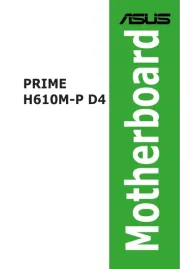



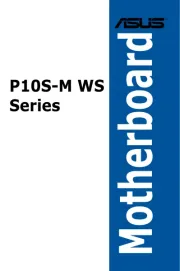
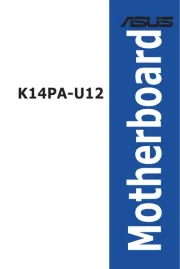
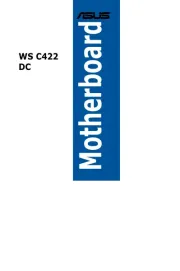
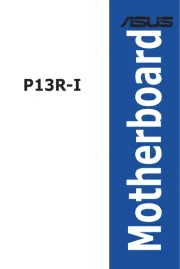
Bundkort Manualer
- Zotac
- Raspberry Pi
- Asrock
- Festo
- NZXT
- Foxconn
- Elitegroup
- Advantech
- AOpen
- Sapphire
- MSI
- Supermicro
- Biostar
- EPoX
- Evga
Nyeste Bundkort Manualer
